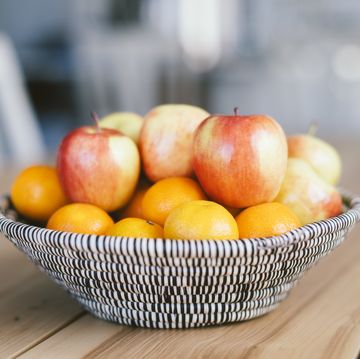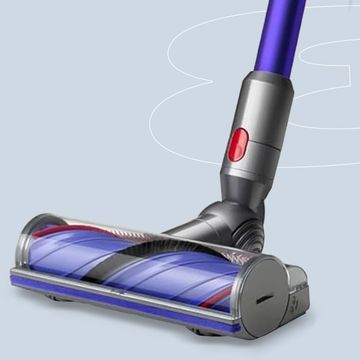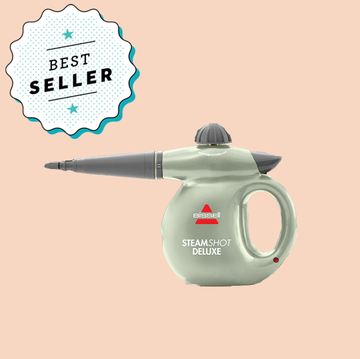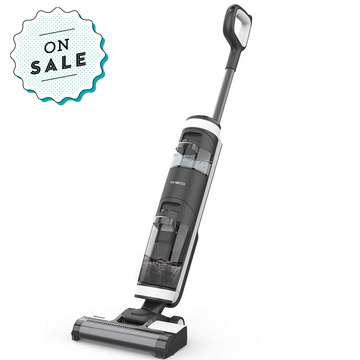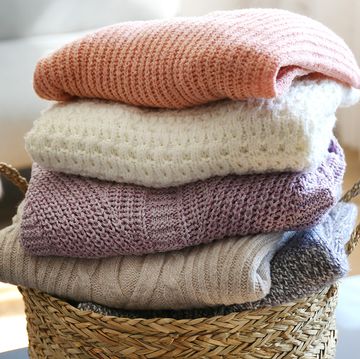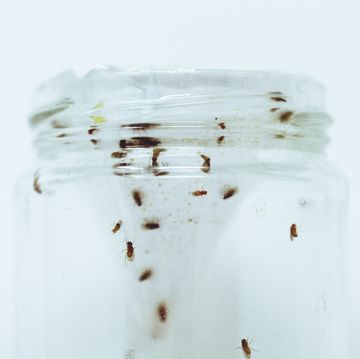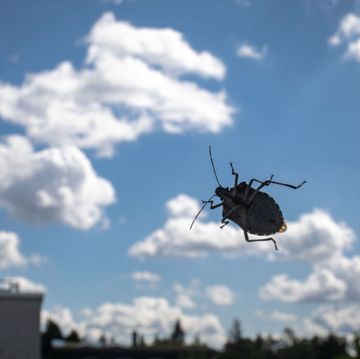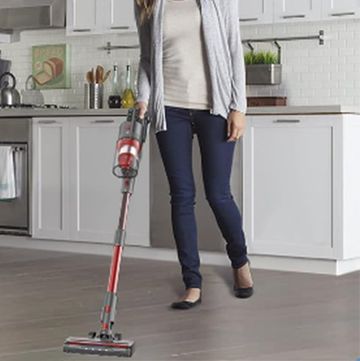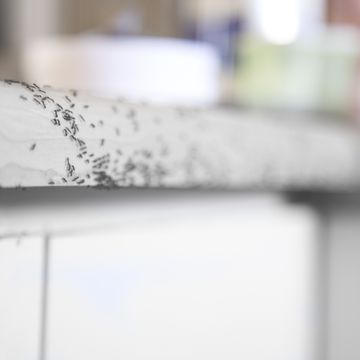There are many unknown dangers around our home, most of which we have no control over. In a world of "go-going green" it's hard to tell which products produce a threat to your health and which are simply natural alternatives. Here's a list of common household items that truly put you and your health at risk.
1. Non-Stick Cookware. While it's nice not to soak your pans over night and scrape off burnt on food, the ease of non-stick cookware comes with a price—your safety. Polytetrafluoroethylene, the coating that makes products "non-stick" is releases gases when heated, all of which have been linked to being at higher risk for cancer and other harmful health effects.
2. Flea and Tick Products. Pet's flea and tick products may save your pooch from unwanted bites but due to pesticides it can lead to nerve damage and more.
3. Mothballs. Naphthalene, found in mothballs and products alike, can destroy red blood cells and has been proven to cause cancer in animals but has not yet been proven to cause cancer in humans.
4. Air Fresheners. Toxins found in air fresheners can accumulate in the body over the time. According to the Natural Resources Defense Council those toxins may affect hormones and reproductive health especially in children.
5. Oven Cleaner. Many of these cleaners contain corrosive alkalis, which can have grave effects on your gastrointestinal track and respiratory system if inhaled or ingested.
6. Furniture Polish and Stain. Non- vegetable oil-based stains and polishes are not only extremely flammable but contain the chemicals phenol and nitrobenzene, which can be absorb by your skin and can cause skin cancer.
7. Toilet Bowl Cleaner. The corrosive ingredients that make acidic toilet bowl cleaners clean so well are the same ingredients that can cause burns on skin and eyes. They are also extremely dangerous when mixed with other types of cleaners.
8. Gas Space Heaters. Gas powered anything releases toxins and using them indoors is extremely dangerous and can lead to Carbon Monoxide poisoning —a condition that presents very little warning symptoms.
9. Cleaning Solutions. As the biggest offenders on the list, and the most commonly used, it's no secret household cleaners contains hazardous toxins. What's most concerning is it's not required for cleaners to list their ingredients on the bottle, leaving consumers in the dark. Even those claiming to be "green" or "natural."
10. Extension Cords. While an extension cord itself isn't dangerous. The way they are commonly used is. Many people don't realize there is a voltage capacity and plug in as much as they can—creating a huge fire hazard. This, coupled with using warn out cords and running them under furniture and carpets, is why extension cords are a leading cause of fire in the US.
11. Antibacterial Soaps. For many years antibacterial soaps were assumed the "better" way to ward of harmful diseases and bacteria. However the triclosoan and triclorcarbon is actually harmful. According to theFDA, it can be linked to creating antibiotic-resistant bacteria and is not biodegradable.
12. Flaking Paint. Homes built as recently as the late 70s can have interiors covered in lead-based paints—hazard when the paint starts to flake AND when it's time to repaint. Inhaling these particles can lead tolead poisoning.
More From House Beautiful:
• 17 Packing Hacks That Will Transform Your Next Move
• 10 Things That Will Up Your Cupcake Baking Game
• The Coolest Airstream Trailers to Stay in This Summer


